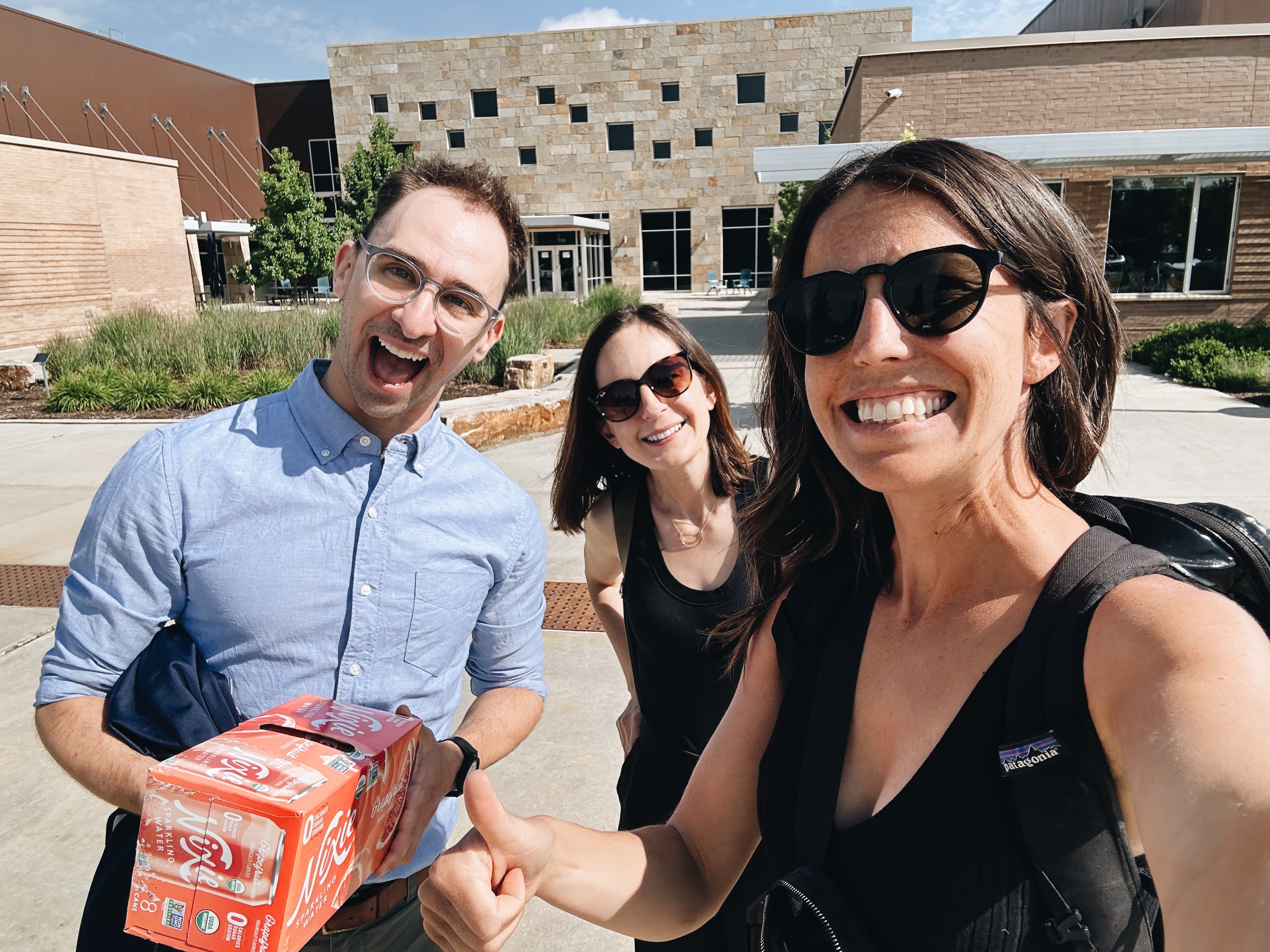When our founder, Sam Adiv, decided to leave his job and start trying to help organizations implement Salesforce, he had no idea how to price his work. Having the necessary skills to do the work but never having acted in the role of consultant, he went in for his first contract signing with the Executive Director, with a confident smile but a less confident offer.
$30k. That was the price he had come up with, knowing it would be a time consuming implementation but also knowing he was new to this role and working with a nonprofit's budget. Before asking for a signature, he asked the ED if that amount seemed right to her, fully aware that she might balk and tell him it was an unreasonable amount. Instead, she did something he would never forget.
She crossed out the amount written on the contract, wrote $90k in its place, and signed it.
Sam learned so much about sales in that moment. So much that has brought him to today and an innovative approach to pricing OpenTent's consulting work: a subscription model.
But before OpenTent arrived at this model, there were iterations. Initially, we started with creating a price for a set list of deliverables. We wrote out the description of a project, and we picked a price for it which we felt fair.
But the issue is: we know the least at the moment of pricing. It’s nearly impossible to accurately price a project at the beginning of the project. And since the incentives are not aligned, we are set up for missed expectations as the consultant tries to get everything done as fast and as lean as possible. Any pivot or expansion is cause for concern and requires additional conversation, even though agility and communication should be healthy parts of a project.
On our next try, aiming to align with how most consultants operate, we switched to billable hours. We estimated hours for every deliverable, priced the contract based on that estimate, and felt we were protected because even if we went over those estimates, we could still bill for those hours.
But in this scenario, the client might start focusing on the wrong thing. They might start questioning whether the task completed is really 60 minutes, or should be more like 30.
Our clients are not looking to buy time from us - they are looking for value. The decision of if it is “worth it” to “use hours” on a task felt like a distraction from the true work in front of us. And, the client may compare hourly rates inappropriately to other industries. And again, incentives are not aligned - in this case, it benefits us to go slow and add in less-than-essential work.
Ultimately we decided that the billable hour just doesn’t capture our desired emotional quality of being in a long-term relationship with our clients. Defining our relationship with clients should be about the breadth and depth of what we are trying to achieve together - not about how many hours we’ll spend together.
What we WANTED to sell is a relationship with us. We wanted a pricing model that actually reflects how the work should go, how Salesforce success happens. Long term, nimble, collaborative. And that's how we found our way to the subscription model.
In Part 2, we'll tell you all about HOW we do it! Stay tuned...
To learn more about OpenTent's way of Working Out Loud, get in touch here!












